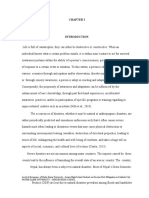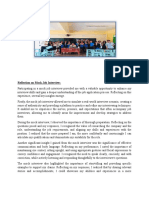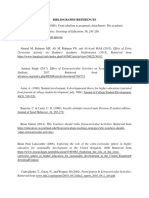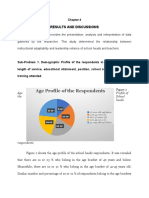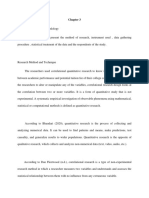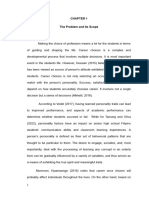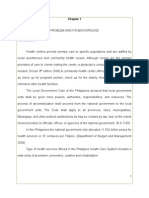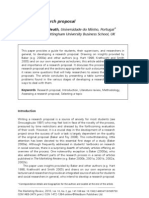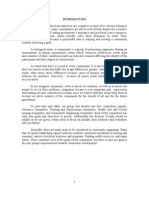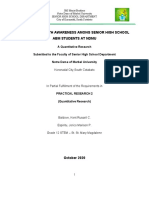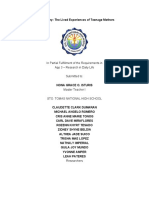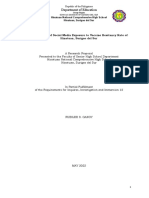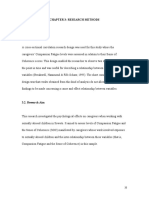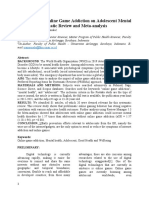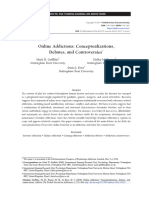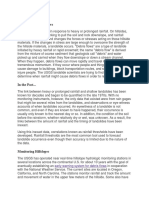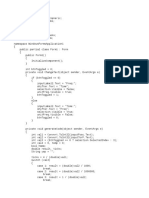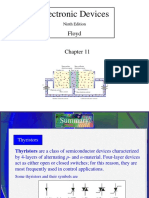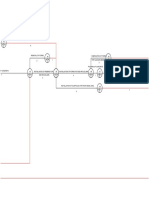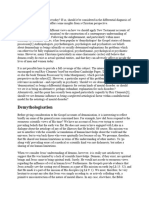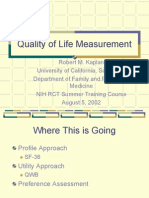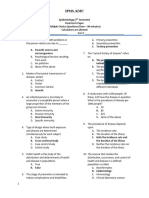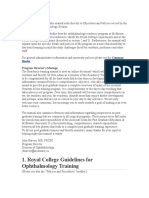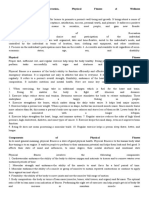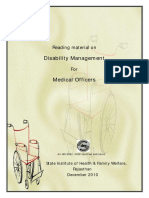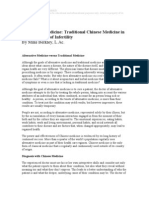0% found this document useful (0 votes)
409 views7 pagesTeen Gaming Addiction Study
This document outlines a study that aims to explore the reasons for and effects of teenage addiction to online games. It will investigate 3 key questions: 1) the reasons for teenage addiction, 2) the effects of teenage addiction, and 3) possible ways to lessen teenage addiction to online games. The study significance is described for teenagers, parents, and others to understand the advantages and disadvantages of technology use and how to effectively limit technology use. The scope is on lived experiences of addicted teenagers in the University of Cebu and limitations include reliability of participant responses and differences in technology experiences.
Uploaded by
Ken Dela CernaCopyright
© © All Rights Reserved
We take content rights seriously. If you suspect this is your content, claim it here.
Available Formats
Download as DOCX, PDF, TXT or read online on Scribd
0% found this document useful (0 votes)
409 views7 pagesTeen Gaming Addiction Study
This document outlines a study that aims to explore the reasons for and effects of teenage addiction to online games. It will investigate 3 key questions: 1) the reasons for teenage addiction, 2) the effects of teenage addiction, and 3) possible ways to lessen teenage addiction to online games. The study significance is described for teenagers, parents, and others to understand the advantages and disadvantages of technology use and how to effectively limit technology use. The scope is on lived experiences of addicted teenagers in the University of Cebu and limitations include reliability of participant responses and differences in technology experiences.
Uploaded by
Ken Dela CernaCopyright
© © All Rights Reserved
We take content rights seriously. If you suspect this is your content, claim it here.
Available Formats
Download as DOCX, PDF, TXT or read online on Scribd
/ 7



